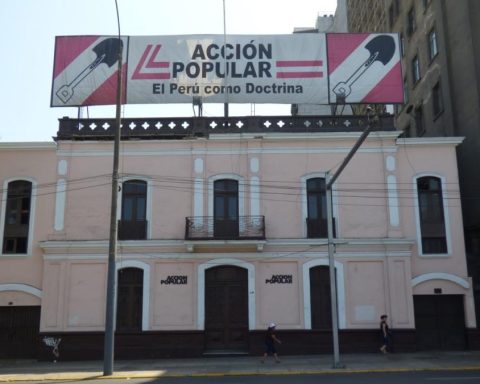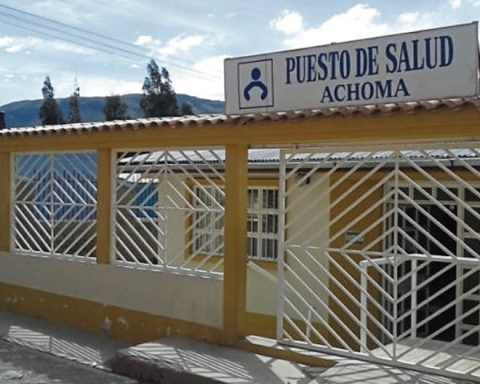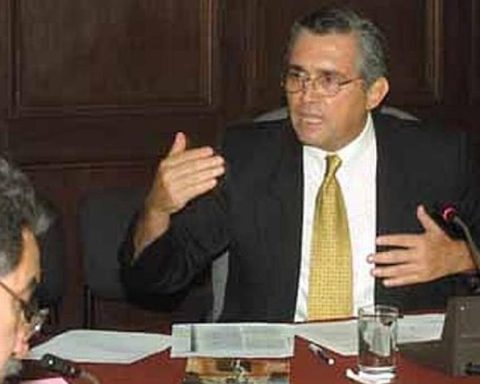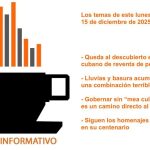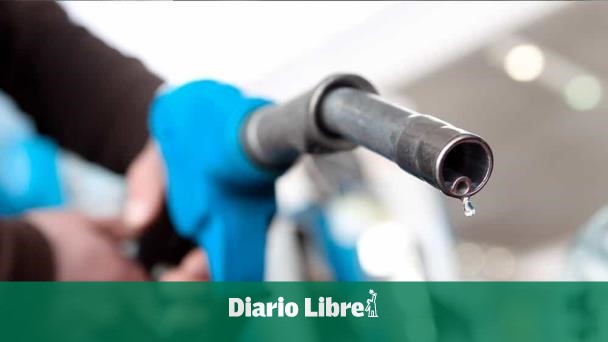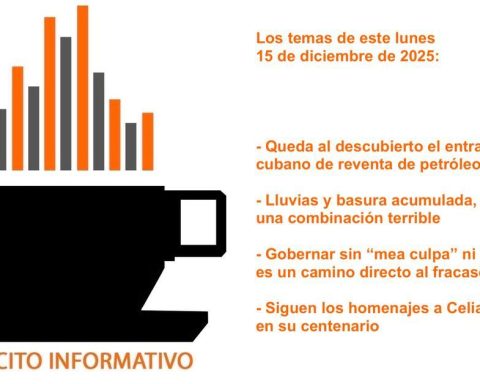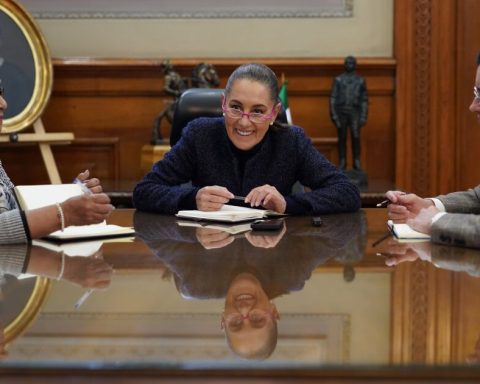This July 28 marks one year of the Government of peter castle and its eventful performance has gone down very harmful paths for the Peruvian economy. Some clear examples have been the anti-investment messages, the persistence in promoting a Constituent Assembly, the inability to manage social conflicts, the rejection of mining, the taking over of the State, political uncertainty and the consequent deterioration of business confidence, from the big company to the small one. Which of all these mistakes were the most disastrous for Peruvians?
Castillo’s arrival to the presidency took place in a context where the country expected the reactivation of the economy, after this would fall 11.12% in 2020 due to the pandemic, as well as the recovery of employment to 2019 levels, since the pandemic had triggered unemployment and labor informality. The latter affected eight out of 10 Peruvians (78.2%) who made up the economically active population during the period October 2020-September 2021. However, many of the messages and decisions of the new president were not very favorable for improvement. of such indicators.
Impaired Confidence
In the midst of the second round of the presidential campaign, a series of messages from the current president against private investment could already be observed: from the possibility of nationalizing mining “if the people want it” to the affirmation that “it is the State that has to control the population and the markets” or that his hand would not shake “to call a referendum and install the Constituent Assembly”.
Once the government began, the messages against the investment continued, such as the threat of the then premier Guido Bellido to nationalize Camisea gas if the profits from the operation were not renegotiated for the benefit of the State. However, of all the proposals, the constituent Assembly was the one that produced the most uncertainty, since it remained on the Government’s agenda until on April 25, Castillo sent a bill to Congress to submit the call for a Constituent Assembly to a referendum.
It was this context during the first year of government that contributed to deteriorate business confidence, whose indicators are measured monthly by the Central Reserve Bank of Peru (BCR). The survey includes a system where a score greater than 50 means an optimistic section, while a lower score is equal to a pessimistic section, and 50 is understood as neutral.
According to the latest survey by the monetary entity, the expectations of large, medium and small entrepreneurs about the Peruvian economy in three months remained in negative territory from June 2021 to June this year. The situation was similar in the long term, as 12-month expectations were also negative except in January and February.
CAPITAL FLIGHT
This uncertainty also contributed to the fact that in 2021 the largest capital flight in the last 50 years was recorded. In total, there were just over US$15,000 million that left the country, according to the BCR. This inevitably also contributed to the rise in the exchange rate, which was also affected by external factors and exceeded S/4.13 per sol, while private investment growth projections turned into a drop or stagnation. .
Social conflicts were also another factor that fueled the anxiety, as there were at least two mining operations that were seriously affected: Cuajone (Moquegua)from Southern, and Las Bambas (Apurímac), from MMG. The first one was paralyzed for 54 days and generated the loss of approximately S/459 million in canon payments and Income Tax, while Las Bambas lasted 55 days and caused the State to stop receiving S/286 million in Income Tax. the rent.
For Hugo Perea, Chief Economist at BBVA Research and former Deputy Minister of Economythe first year of Government reflects Castillo’s mistakes in economic matters and an example of this is that although last year private investment grew by nearly 35% due to a statistical effect, this year a fall is expected.
“At BBVA Research we are anticipating that this year private investment will contract by 1.5%. What is behind it? As a general factor, there is uncertainty. Why is uncertainty generated? On the one hand, because of the political noise. The confrontation, the unclear signals, the anti-company and anti-mining rhetoric generate doubts in any entrepreneur as to whether or not he should continue expanding the business or creating jobs”, he explains.
LABOR BLOW
Other types of initiatives that also eroded business confidence were the announcements of profound changes in the labor framework that were not agreed upon in the National Labor Council (CNT), in which union, business and State representatives discuss and approve labor policies.
The most relevant cases were the limitation to labor outsourcing and a modification in the collective relations norm that will facilitate and massify strikes, in addition to empowering unions. This measure caused a strong pronouncement by more than 200 business associations from all over the country, because among other aspects it will prevent the work of unionized workers from being temporarily covered during strikes and it will prevent employers from extending collective agreements to non-workers as well. unionized. The business malaise reached such a level that the unions that participate in the CNT suspended their participation.
PRICES FOR THE CLOUDS
As for inflation, the annual rate reached 8.81% in June in Metropolitan Lima. This, according to Perea, is explained by the increase in fuel prices, such as gasoline, which has come to exceed S/30 per gallon, the shortage of fertilizers and the rise in agricultural raw materials worldwide. However, the economist clarifies that despite this, some of the measures taken by the Executive to mitigate the impact of rising prices in the pockets of citizens were not the most efficient.
Finally, another element present was the departure of good officials and a high appointment of unqualified personnel, thereby causing the public sector’s capacity to execute spending, develop programs and policies, and provide better services to citizens to deteriorate.
“In the medium term, this is going to end up affecting all citizens,” warns Perea.
[Opinión] Diego Macera: “There were messages that caused anxiety”
Among the most outstanding of this first year there are two fronts. There are the appointments of officials that have had the negative consequences that we all know. And there is also a divisive rhetoric that has created a lot of uncertainty, which translates into less investment and employment.
On the rhetorical side, there were messages that caused anxiety such as the intention to review the mining tax structure and the Constituent Assembly.
Not only are business expectations deteriorated, but also those of families. This is due to a recovery in the labor market that is not complete. This is especially seen at the level of informal employment or self-employment. This recovery will hardly be complete until we have a better investment climate.
In addition, the Government in several cases has not been able to resolve conflicts in a stable manner. The cases that sound the most are those of Cuajone and Las Bambas, but they are not the only ones. There were also some in Ayacucho, and everything has cost the country a lot. Just like the first quarter, the second quarter will most likely be very marked by the contraction of mining and stoppages are part of the reason.
Data:
-The rating of the debt also suffered from the political uncertainty generated by this government. On March 18, the S&P agency reduced Peru’s sovereign risk rating and it was two steps away from losing its investment grade.
-Withdrawals of AFP funds contributed to the downgrade of the category. Having a high category makes Peru attractive for capital inflows and allows the State and banks to borrow at low interest rates that, in turn, are passed on to citizens.

